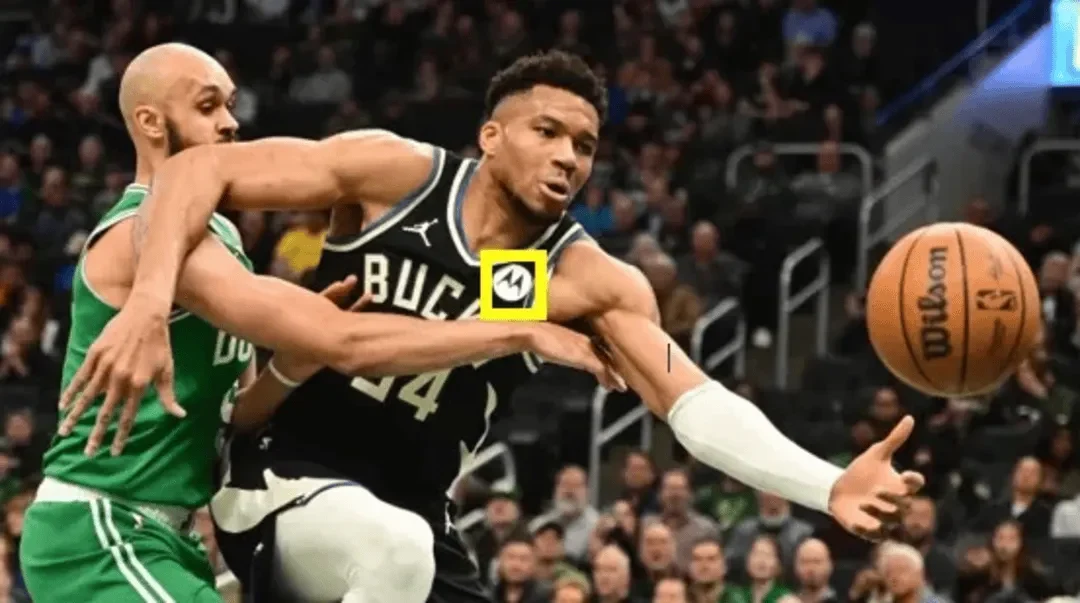Sponsorship is one of the most visible investments a brand can make - and traditional valuation models have provided a strong foundation by tracking how often and how clearly a brand appears on screen.
But exposure is only the starting point. To understand the full value of sponsorship, brands need to see not just how long a logo is visible, but also how fans respond to it. By combining exposure quality with perception data, we can amplify media measurement and create a more complete picture of brand impact.
In this guide, we’ll explore:
- Where traditional sponsorship valuation stops - and where fan data adds more
- What the Brand Impact Score (BIS) measures
- A breakdown of the five exposure quality factors
- How BIS-X adds brand perception to the equation
- How Net Sponsorship Value (NSV) is calculated
- Examples of brands that convert exposure into real value
- Best practices for sponsors and rights holders
- How YouGov can help
Where traditional valuation stops - and where fan data adds more
Traditional sponsorship measurement often looks at Gross Advertising Value (GAV) - the maximum theoretical worth of an exposure, based on factors such as audience size and duration. This is an essential benchmark, but it only tells part of the story.
Sponsorships don’t always function like ads: they can be passive, fleeting, or remembered in different ways. That’s why YouGov adds fan perception data into the mix - amplifying traditional media valuation and showing how exposure translates into true brand impact.
What is the Brand Impact Score (BIS)?
The Brand Impact Score (BIS) measures the quality of brand exposure, not just the volume. It accounts for five factors that influence how visible the brand is when it is on the screen.
- Solus (degree of clutter): When a brand appears on screen alone, without competing logos, it commands more attention. BIS values exposures that are “solus” over cluttered frames.
- Location on screen: Logos placed centrally in the frame are more noticeable than those tucked away in the corners. Central placement typically drives greater recall.
- Size of the brand: The larger the logo in proportion to the screen, the stronger the impact. Even a few percentage points of screen coverage can significantly boost visibility.
- Duration of exposure: A fleeting glimpse isn’t enough. BIS weights (weighs?) longer exposures more heavily, as the brand has time to register with viewers.
- Frequency of appearances: Repeated exposures reinforce brand visibility. BIS accounts for how many times a logo appears per frame and across the event.
Together, these five factors turn raw seconds of exposure into a Brand Impact Score, which discounts GAV to a more realistic valuation of sponsorship impact.
Introducing BIS-X: Adding perception to visibility
While BIS captures the visibility of a brand, BIS-X goes further by incorporating consumer perceptions from our flagship brand tracking platform, YouGov BrandIndex.
This means sponsorship value is enhanced not just by being seen, but by being seen positively. BIS-X measures fan sentiment across six key metrics:
Brand Health (overall consumer sentiment derived from four metrics)
- Satisfaction
- Quality
- Reputation
- Value
Impression (general positivity or negativity)
Buzz (volume and tone of conversations)
A brand with strong perception scores can receive up to a 15% uplift on its Net Sponsorship Value (NSV). This bridges the gap between exposure and engagement, giving a fuller picture of sponsorship value.
For example, a sponsorship may account for 40% of a broadcast’s Gross Advertising Value once BIS factors are applied. If audiences also express positive associations with the brand post-exposure, BIS-X can lift that valuation closer to 55%.
How Net Sponsorship Value is calculated
Here’s how the process works:
- Exposure is captured across TV, digital streaming, press, social media, and news using YouGov Sport’s recognition tools.
- BIS is applied to adjust Gross Advertising Value down to reflect reality (since not all exposures are equal).
- BIS-X is then added, applying a perception-based uplift for brands with strong health metrics.
The result: Net Sponsorship Value (NSV-X) - the most accurate representation of what a sponsorship is truly worth.
Real-world examples
Recent analysis of jersey sponsorships across 23 teams, 4 sports, 17 brands, and 8 countries shows just how much difference BIS and BIS-X can make.

Image Credit: Pixabay via Pexels
- Motorola (NBA): Achieved a BIS of 3.65, driven by long-duration exposures during Milwaukee Bucks games across the 2024-25 NBA season. Basketball’s slower, zoomed-in camera style delivered sustained logo visibility. Using BIS-X, it was found Motorola experienced only a 2.2% NSV brand uplift. Upon further analysis, it was found the brand scored well in terms of product quality and general brand impression, but it was clear Motorola needed to reinvigorate their buzz metric. Using these results, it is clear there is further potential for Motorola to improve their sponsorship value.
- Emirates (Football): Averaged a BIS of 3.14 thanks to large, centrally positioned kit logos across multiple top European clubs, keeping the brand front and centre. Emirates achieved an average 2.6% uplift in NSV across their global brand health, as a result of the football sponsorships. In terms of the BIS-X contributing metrics, Emirates exhibited strong product quality and impression figures, achieving scores often reserved for only the best performing brands, suggesting a strong positive brand perception amongst sports fans. Whilst these are healthy results for Emirates, it suggests a future focus for the brand would be the ‘perceived value’ metric across the fans of the clubs it sponsors.
- Red Bull (Football): Red Bull performed very well in terms of BIS visibility - with not only frequent exposures, but also good brand centrality and screen size, generating a healthy BIS of 2.26 across their 24/25 season of sponsoring Leeds United FC. But the weaker perception scores meant no additional uplift in NSV.
The takeaway? Even the clearest on-screen exposure won’t drive full value if audiences don’t feel positively about the brand.
Best practices for sponsors and rights holders
So how can brands and properties put this into practice?
- Think beyond visibility - high screen time matters, but perception will determine whether exposure translates into value.
- Prioritize logo placement - central, uncluttered positions outperform larger logos pushed to the edge of the frame.
- Leverage sport dynamics - some sports (like basketball) naturally deliver longer exposures. Consider sport context in partnership choices.
- Track brand health continuously - knowing how audiences feel about your brand before, during, and after events allows you to link perception shifts to sponsorship activity.
- Benchmark against competitors - NSV allows brands to see how they stack up versus rival sponsors across the same league or sport.
- Optimize for each channel - apply BIS and BIS-X not only to TV, but also to digital streaming, press coverage, social media and news, where fans increasingly consume sport.
How YouGov can help
The reality is that the strength of a sponsorship valuation depends on both exposure quality and audience perception. That’s where YouGov Sport’s BIS-X model makes the difference.
We monitor sponsorship presence across linear TV, digital streaming, online and print press, social media, video, and news. Every exposure is captured, logged, and evaluated for quality using our proprietary recognition technology. This allows us to translate raw seconds of screen time into meaningful impact scores that account for size, location, duration, frequency, and clutter - ensuring valuations reflect how audiences actually experience sponsorship, not just how often a logo appears.
To go further, we connect those exposures to consumer sentiment captured by our flagship brand tracking platform, YouGov BrandIndex, which tracks thousands of brands globally across 16 key metrics. This data reveals how sponsorship affects brand health, impression, and buzz in the days following exposure, adding up to 15% extra value for brands that generate strong positive sentiment.
By combining exposure and perception, we deliver the most accurate measure of Net Sponsorship Value - a fuller picture that bridges the gap between being seen and being remembered. For sponsors, this means proving ROI and optimizing spend. For rights holders, it means stronger evidence when demonstrating the value of partnerships. And because we take a consultative approach, our team works closely with clients to highlight opportunities for improvement, from adjusting logo placement to strengthening brand health scores.
With BIS-X, you can understand not only how often your brand is seen, but how strongly it resonates - giving you a truer measure of impact and value.
If you enjoyed reading this, take a look below at some additional resources we thought you might like:
Want to know the real value of your sponsorships? Talk to YouGov Sport and learn how BIS-X can help you prove, protect, and grow your sponsorship impact.
